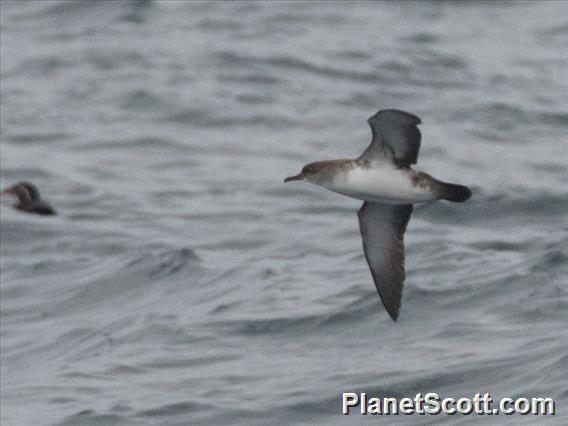Black-vented Shearwater (Puffinus opisthomelas)

Black-vented Shearwater (Puffinus opisthomelas)
×


Black-vented Shearwater (Puffinus opisthomelas)
About Black-vented Shearwater (Puffinus opisthomelas)
- Kingdom: Animals
- Phylum: Chordates
- Class: Birds
- Order: Tubenoses
- Family: Shearwaters and Petrels
The black-vented shearwater is a species of seabird endemic to islands off of the Pacific coast of Mexico and the Gulf of California. It is a smaller shearwater, with a length of 30–38 cm, 76–89 cm wingspan and a mass of around 400 g. This species is pelagic and feeds mainly on small fish. It is nocturnal, and is most active in low light settings.
Source: Wikipedia


